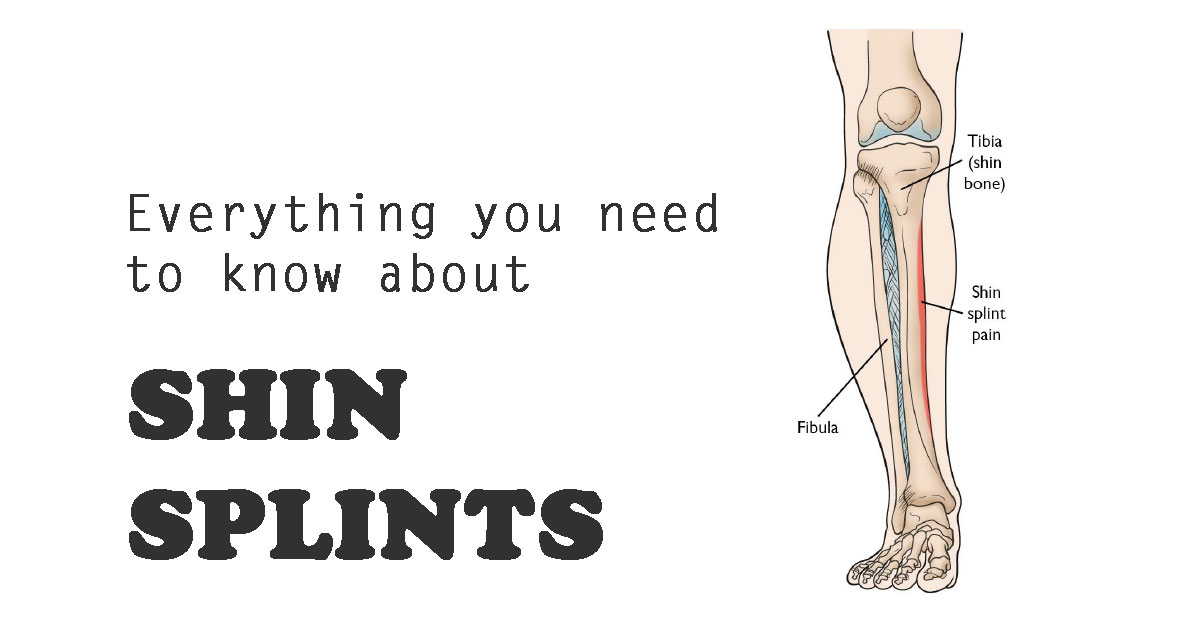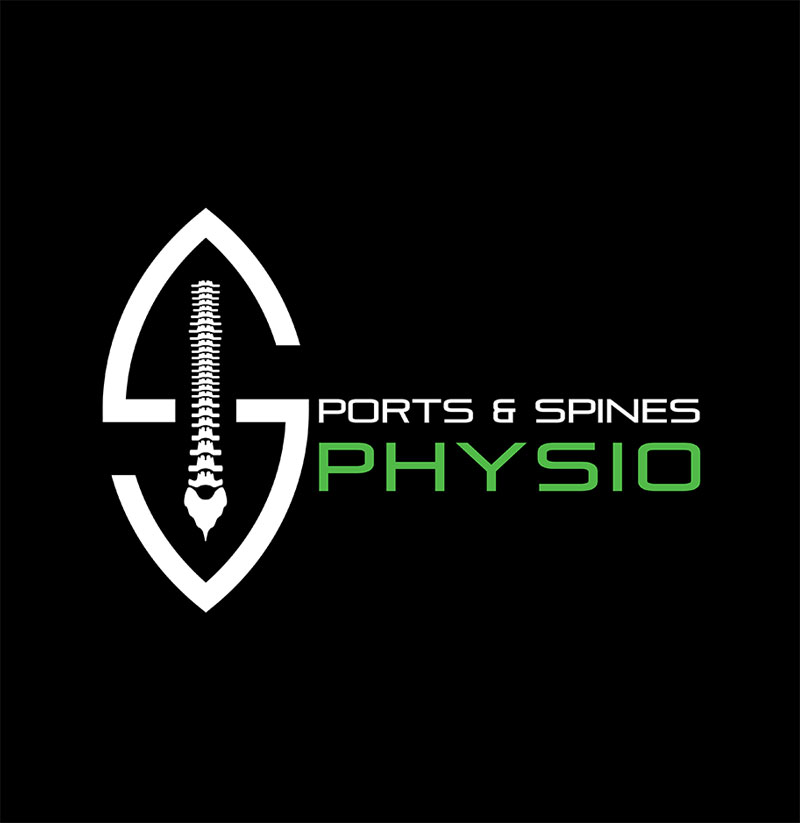
Shin Splints
What are shin splints?
In general, shin splints develop when the muscle and bone tissue (periosteum) in the leg become overworked by repetitive activity. Shin splints (medial tibial stress syndrome) is an inflammation of the muscles, tendons, and bone tissue around your tibia. Pain typically occurs along the inner border of the tibia, where muscles attach to the bone.
Shin splint pain most often occurs on the inside edge of your tibia (shinbone).
What causes shin splints?
Shin splints can be caused by a number of factors working in combination. These factors include:
Overuse – exercising too hard or trying to exercise beyond your current level of fitness can strain muscles, tendons, bones and joints. Overuse is one of the most common causes of shin splints. Changes in exercise frequency, duration and intensity all play a factor.
Flat feet – the shin muscles are involved in maintaining the instep or arch of the foot. Flat feet can pull at the shin tendons and cause slight tearing.
Incorrect technique – poor running form, such as ‘rolling’ the feet inwards (pronation), can strain the muscles and tendons.
High impact activities – the impact of running on hard or uneven surfaces can injure the shin muscles and tendons.
Running shoes – wearing the wrong type of shoe while running can contribute to shin splints.
What are the symptoms of shin splints?
These are the most common symptoms of shin splints:
- Pain felt on the front and outside of the shin. It's first felt when the heel touches the ground during running. In time, pain becomes constant and the shin is painful to the touch.
- Pain that starts on the inside of the lower leg above the ankle. Pain gets worse when standing on the toes or rolling the ankle inward. As the shin splint progresses, the pain will increase.
- Tenderness with touch
How can I treat shin splints myself?
Home remedies for shin splints include:
- Rest as much as you can.
- Modifying the exacerbating activity e.g. decreasing intensity, frequency
- Apply an icepack to the affected areas for 10 to 20 minutes, about three or four times daily.
- Take anti-inflammatory painkillers, such as aspirin or ibuprofen.
- Perform low impact activities while you recover, such as swimming.
How I can prevent shin splints?
Ways to reduce the risk of shin splints in future include:
- Thoroughly warm up before exercising and include plenty of slow, sustained stretches in your cool down.
- Incorporate a regular routine of stretching into your fitness program.
- Strengthen the muscles of your lower legs with specific exercises.
- Choose flat, softer surfaces to run on, such as running tracks or grassy ovals.
- Place shock-absorbing insoles in your running shoes.
- Make sure you wear proper running shoes and replace them before they wear out.
- Cross-train with low-impact activities such as cycling, swimming or walking.
